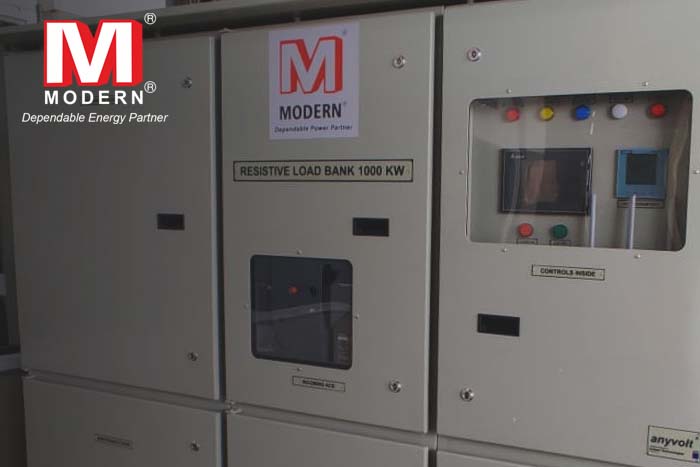
Testing Power Systems: The Crucial Role of a 1000 kW Load Bank
In the realm of power systems and generators, ensuring reliability and optimal performance is non-negotiable. Among the essential tools for achieving this is the 1000 kW load bank, a key component in the testing and validation process. In this article, we delve into the crucial role that a 1000 kW load bank plays in testing power systems, highlighting its significance in maintaining robust and dependable electrical infrastructure.
Understanding Load Banks:
A load bank is a device designed to apply an artificial electrical load to a power source, allowing for the testing and assessment of its performance. In the context of power systems, load banks are indispensable tools for evaluating the capabilities and efficiency of generators and other electrical systems.
Capacity Matters: The Significance of 1000 kW:
The 1000 kW capacity of a load bank is particularly crucial for testing large power systems and generators. This substantial capacity ensures that the load bank can simulate a realistic and significant electrical load, providing an accurate representation of the system’s performance under operational conditions.
Performance Verification:
Load banks, especially those with a 1000 kW capacity, play a vital role in verifying the performance of power systems. Through rigorous testing, engineers can assess the system’s ability to handle varying loads, ensuring it meets specified performance criteria and can withstand fluctuations in demand.
Preventive Maintenance: Avoiding Costly Downtime:
Regular testing with a 1000 kW load bank is a cornerstone of preventive maintenance strategies. By subjecting power systems to controlled and simulated loads, potential issues can be identified and addressed proactively, preventing unexpected failures and minimizing downtime.
Ensuring Generator Efficiency:
For generators, in particular, load banks are instrumental in assessing efficiency. The 1000 kW load bank allows for testing generators at a substantial load, providing insights into their fuel consumption, heat dissipation, and overall efficiency under heavy operating conditions.
Detecting and Resolving Issues:
Load bank testing helps in identifying various issues, including fuel system problems, cooling system inefficiencies, and voltage irregularities. The ability to pinpoint these issues allows for targeted maintenance and troubleshooting, ensuring the reliability of the entire power system.
Compliance and Certification:
Load bank testing, often mandated by industry standards and regulations, ensures that power systems comply with safety and performance requirements. Certification obtained through rigorous testing provides assurance to stakeholders and regulatory bodies.
Customized Testing Scenarios:
The versatility of a 1000 kW load bank lies in its ability to create customized testing scenarios. Whether replicating peak demand conditions or testing under variable load profiles, the load bank allows for tailored assessments based on specific operational needs.
In the intricate world of power systems, a 1000 kW load bank emerges as a critical tool for maintaining reliability, efficiency, and compliance. The comprehensive testing it facilitates not only identifies potential issues but also ensures that power systems operate optimally under diverse conditions. Investing in load bank testing, particularly with a 1000 kW capacity, is an investment in the longevity and resilience of power infrastructure, ultimately contributing to the uninterrupted availability of electrical power when it is needed most.

